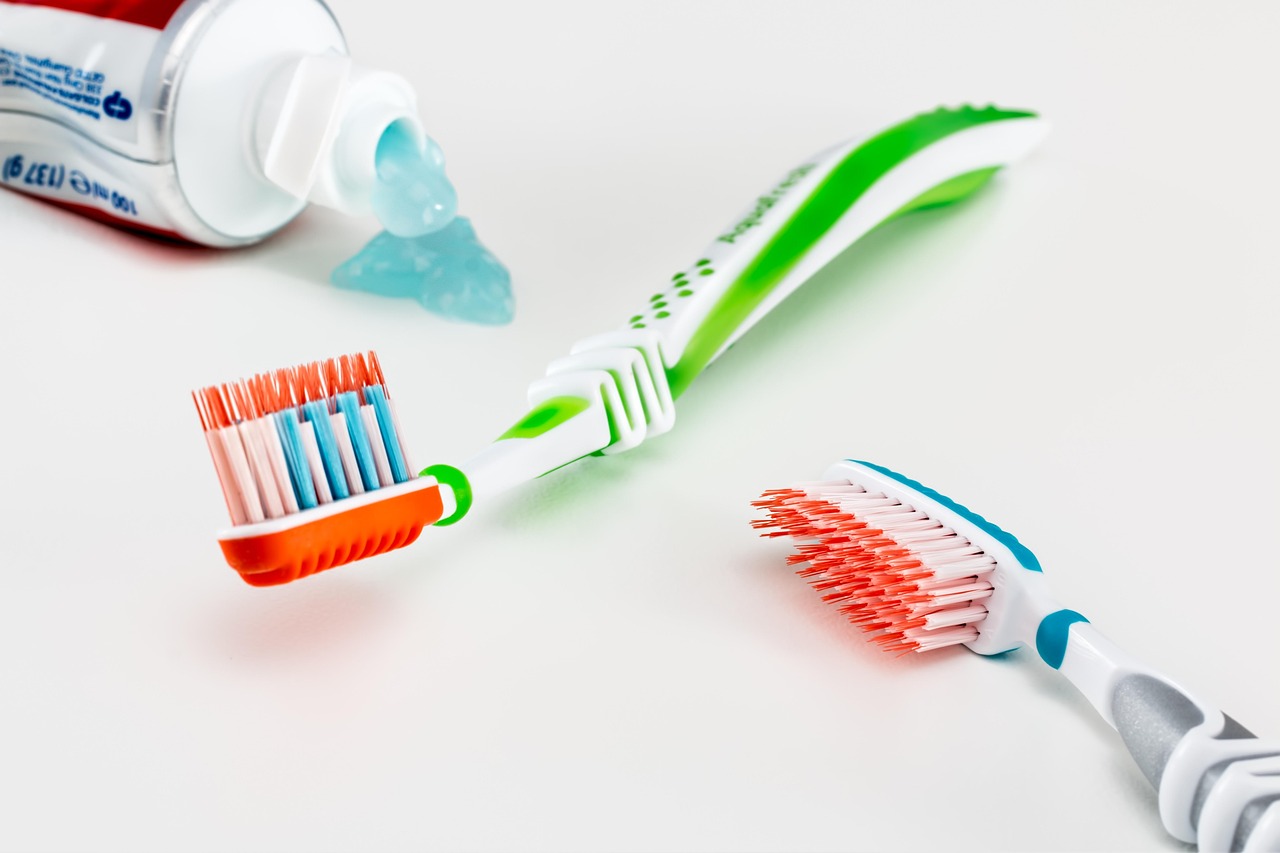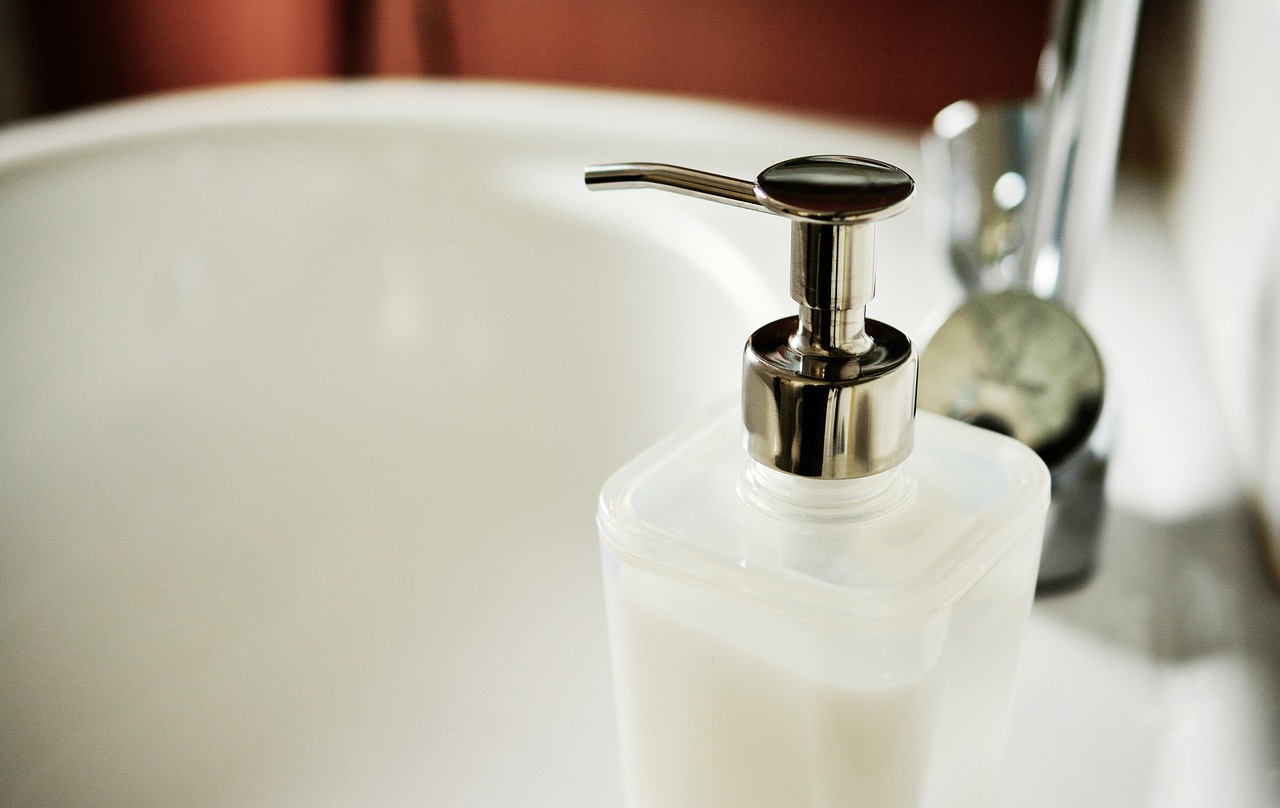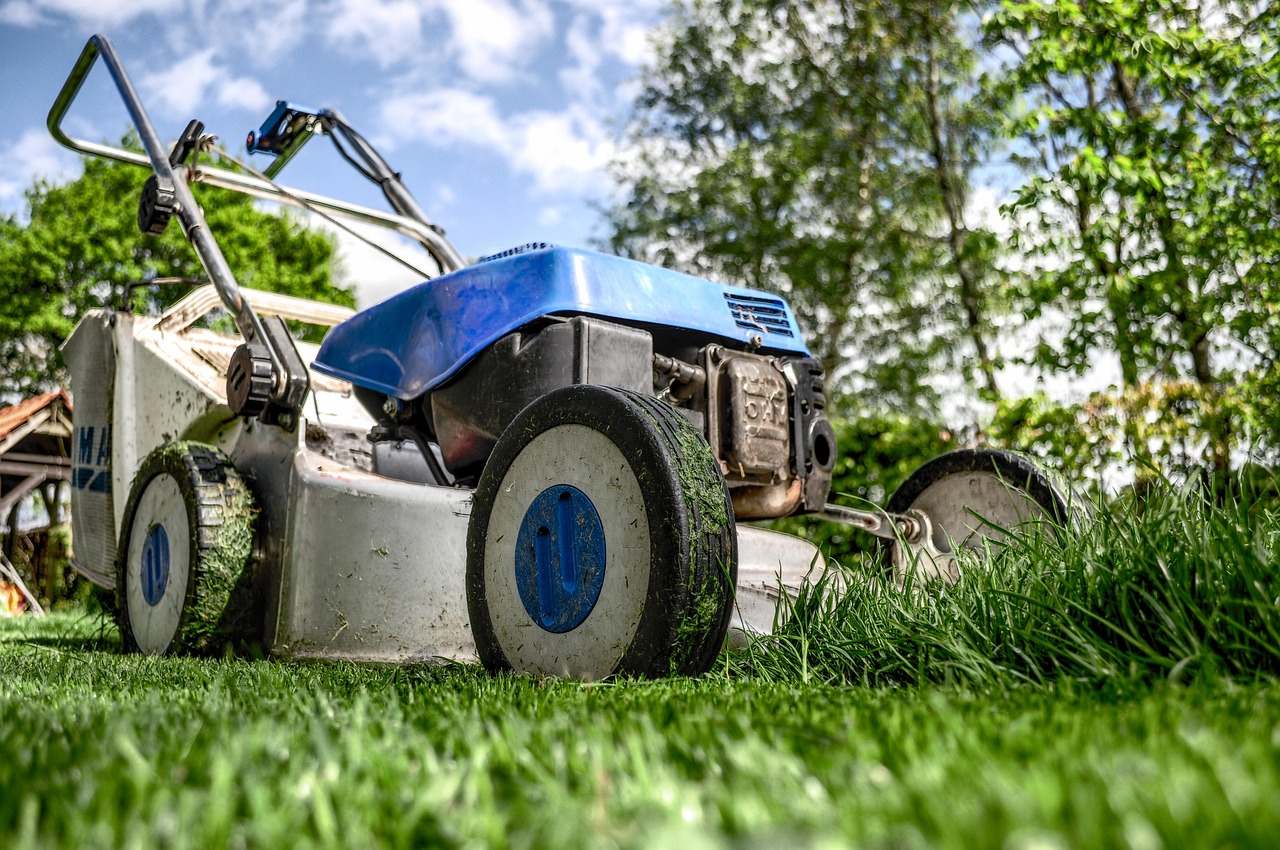Cleaning tools after tree pruning is essential to prevent the spread of diseases. Begin by thoroughly washing the tools with soap and water. Disinfect them using a solution of bleach or rubbing alcohol. Rinse and dry completely before storing them.
Understanding the Importance of Cleaning Pruning Tools
Tree pruning is a common practice among gardeners and landscapers. It promotes healthy growth, enhances the shape of trees, and removes dead or diseased branches. However, it is equally crucial to clean the tools used in this process. Neglecting to clean pruning tools can lead to the transfer of pathogens between plants, which may result in severe damage or even plant death.

Many gardeners might overlook the importance of tool maintenance. Yet, dirty tools can harbor bacteria, fungi, and viruses. These harmful microorganisms can infect healthy trees and shrubs, spreading diseases rapidly. Therefore, cleaning your tools after each use is a vital step in maintaining garden health.
Common Tools Used in Tree Pruning
Before discussing cleaning methods, it is helpful to understand the tools commonly used in tree pruning. Here are some of the essential tools:
- Pruning Shears
- Loppers
- Saws
- Hedge Trimmers
- Chainsaws
Each tool plays a specific role and requires proper care. Ensuring they are clean helps maintain their performance and extends their lifespan.

Best Practices for Cleaning Pruning Tools
Cleaning pruning tools involves several steps to ensure they are free from dirt and pathogens. The following practices should be adopted:
- Initial Rinse: After pruning, rinse off any plant material, sap, or dirt from the tools with water. This helps remove loose debris.
- Soaking: If tools are heavily soiled, soak them in warm soapy water for about 10-15 minutes. This will loosen stubborn dirt and grime.
- Scrubbing: Use a scrub brush or sponge to clean the surfaces of the tools. Pay special attention to crevices where dirt may accumulate.
- Disinfection: Prepare a disinfecting solution. A mix of one part bleach to nine parts water is effective. Alternatively, you can use rubbing alcohol or commercial disinfectants.
- Application: Apply the disinfectant solution using a cloth or spray bottle. Ensure that all surfaces are covered.
- Rinsing: Once disinfected, rinse tools again with water to remove any remaining cleaning solution.
- Drying: Wipe down tools with a clean towel or let them air dry completely before storage to prevent rust.
Key Considerations When Cleaning Tools
When cleaning your pruning tools, keep the following considerations in mind:
| Consideration | Description |
|---|---|
| Material Sensitivity | Some materials may be sensitive to harsh chemicals. Always check the manufacturer’s instructions for cleaning recommendations. |
| Safety Precautions | When using bleach or other disinfectants, wear gloves and work in a well-ventilated area to avoid inhaling fumes. |
| Regular Maintenance | In addition to cleaning after use, regular maintenance such as sharpening blades can improve tool efficiency. |
By following these best practices, you ensure that your pruning tools remain effective and safe for future use. Regular cleaning not only helps prevent disease spread but also ensures that your gardening experience is more enjoyable and productive.

As seasons change and pruning needs vary, it is essential to adapt your cleaning routine accordingly. Keeping a consistent schedule for cleaning tools will help establish good habits that benefit your garden health over time.
In summary, cleaning pruning tools is a critical aspect of garden maintenance. It protects your plants from diseases while ensuring your tools perform at their best. Implementing these practices will help you cultivate a thriving garden environment.
Pro-Tips: Lessons I’ve Learned from Experience
- When I first started cleaning my pruning tools, I overlooked drying them thoroughly. I quickly learned that even a small amount of moisture left on blades can lead to rust. Now, I always wipe my tools dry with a clean cloth immediately after cleaning.
- At first, I used harsh chemicals without considering material sensitivities. Since then, I always check the manufacturer’s instructions and opt for eco-friendly solutions like vinegar or lemon juice on delicate tools—it’s safer and just as effective.
- Initially, I neglected to sharpen my tools regularly, which made cutting more difficult and damaged branches. Now, I sharpen my blades every few uses, and it makes a noticeable difference in performance and in the health of my plants.
- When I stored my tools in a cluttered shed, I found they often got dull or rusty. I switched to hanging tools on hooks and using blade covers, and my tools stay in better shape longer.
- In the past, I didn’t disinfect my tools after working with diseased plants, risking spreading problems. Now, I always disinfect thoroughly, especially when pruning sick or infected plants—it’s a step I never skip anymore.
- I used to forget seasonal maintenance, but I’ve learned that inspecting and cleaning tools before and after each season keeps everything in top shape and prevents unexpected breakdowns.
- Early on, I tried to sharpen my saws with generic files, but I wasn’t getting good results. Later, I learned to use specialized saw files and follow the tooth profile—the vertical change was a game changer for effective sharpening.
- Finally, I realized that investing in professional sharpening for my high-end tools saves me time and keeps them performing like new, rather than risking damage by amateur sharpening attempts.
Tools for Cleaning Pruning Equipment
To effectively clean your pruning tools, having the right supplies is essential. The following list outlines the necessary tools and materials needed for proper cleaning:

- Soap or detergent
- Water
- Scrub brush or sponge
- Bucket for soaking
- Disinfectant solution (bleach, rubbing alcohol, or a commercial option)
- Cloth or towel for drying
- Protective gloves and eye protection (for safety)
Having these items on hand makes the cleaning process straightforward and efficient. It is best to keep them organized in a designated area to streamline your post-pruning routine.
The Cleaning Process in Detail
Now that you have gathered your cleaning supplies, it is beneficial to break down the cleaning process into clear, manageable steps. Understanding each step will help ensure thorough cleaning and disinfection of your tools.
- Prepare Your Cleaning Space: Choose a well-ventilated area where you can comfortably clean your tools. Lay down a tarp or old newspaper to catch any debris.
- Remove Debris: Start by removing any plant material, sap, or dirt from the tools using your hands or a brush. This initial step prevents dirt from mixing with the cleaning solution.
- Soak in Soapy Water: Fill a bucket with warm water and add a few drops of soap. Submerge the tools in this solution for about 15 minutes to loosen stuck-on grime.
- Scrub Thoroughly: Using a scrub brush or sponge, scrub all surfaces of the tools. Focus on joints and crevices where dirt often hides.
- Rinse with Clean Water: After scrubbing, rinse the tools under running water to remove soap and loosened debris.
- Disinfect: Prepare your disinfectant solution. Use a mixture of one part bleach to nine parts water or another suitable disinfectant. Apply it generously to all surfaces of the tools.
- Final Rinse: Rinse the tools again to eliminate any chemical residue from the disinfectant.
- Dry Completely: Wipe down the tools with a clean cloth. Ensure they are completely dry before storing them to prevent rust.
Special Considerations for Different Tool Types
Different tools may require specific care methods. Here are some tips tailored for various types of pruning tools:
Pruning Shears and Loppers
For pruning shears and loppers, pay special attention to the blades. These tools need to be sharp for effective cutting. After cleaning, consider applying a light coat of vegetable oil to the blades. This helps prevent rust and keeps them in good working condition.
Saws
Saws can accumulate sap and sticky residues, making them harder to clean. After rinsing, you may need to use a putty knife or scraper to remove any stubborn debris. Always ensure the saw is dry and lubricated before storage.
Chainsaws
Chainsaws require extra care due to their complexity. Clean the chain with a brush after each use and ensure that oil ports are free of debris. Follow the manufacturer’s instructions for specific cleaning and maintenance procedures to keep them functioning safely.
Storing Pruning Tools Properly
The way you store your pruning tools significantly affects their longevity. Here are some key practices for storing your cleaned tools:
- Avoid Damp Areas: Store tools in a dry location away from moisture to prevent rust and corrosion.
- Use Hooks or Pegboards: Hanging tools on hooks or pegboards can help keep them organized and off the ground, reducing wear.
- Keep Blades Protected: If possible, use blade covers or sheaths to protect sharp edges from damage during storage.
- Regular Inspection: Periodically check stored tools for signs of rust or damage. Address any issues immediately to prolong their lifespan.
By incorporating these storage practices, you will help maintain your tools’ effectiveness and safety for future use. Proper care extends beyond just cleaning; it encompasses how you treat your equipment throughout its lifecycle.
The Environmental Impact of Cleaning Solutions
When cleaning pruning tools, it’s also important to consider the environmental impact of the cleaning solutions used. Here are some eco-friendly alternatives worth considering:
- Citrus-based cleaners: These natural cleaners are effective at cutting through sap without harmful chemicals.
- Vinegar: A solution of vinegar and water can act as a disinfectant while being safe for the environment.
- Baking soda: This common household item can be used as a gentle abrasive cleaner for tough stains.
Choosing eco-friendly products not only benefits your garden but also contributes positively to environmental health.
The care you provide for your pruning tools directly influences the health of your garden. Implementing effective cleaning and maintenance practices ensures that your tools remain in top condition while protecting your plants from disease and damage.
Maintaining the Sharpness of Pruning Tools
Keeping your pruning tools sharp is as important as cleaning them. A sharp blade makes cleaner cuts, which helps plants heal faster and reduces the risk of infection. Here are some best practices for maintaining the sharpness of your pruning tools:
Regular Sharpening Techniques
Sharpening your tools regularly can greatly improve their performance. Below are effective techniques for sharpening various types of pruning tools:
- Pruning Shears: Use a sharpening stone or file specifically designed for garden tools. Hold the blade at a 20-degree angle and gently stroke the stone along the edge.
- Loppers: Similar to pruning shears, loppers can be sharpened using a sharpening stone. Ensure you maintain the angle for an even edge.
- Saws: For saws, a specialized saw file can be used to sharpen each tooth. It is crucial to follow the tooth profile for effective sharpening.
- Chainsaws: Chainsaw sharpening requires a special file guide. Be sure to follow the manufacturer’s instructions for the best results.
Regularly checking the sharpness of your tools after each use can help you identify when they need sharpening. This proactive approach saves time and effort in the long run.
Signs That Your Tools Need Sharpening
Knowing when to sharpen your tools is essential for maintaining their effectiveness. Look for the following signs:
- Frayed edges on cut branches
- Difficulty cutting through branches
- Increased effort required to make cuts
- Ragged cuts that do not heal quickly
If you notice any of these signs, it is time to sharpen your tools. Addressing sharpness issues promptly can prevent larger problems in your garden.
Preventing Rust on Pruning Tools
Rust can severely damage your pruning tools and shorten their lifespan. Here are some effective strategies to prevent rust:
- Dry Tools Immediately: After cleaning, ensure that all tools are dried thoroughly before storing them. Leaving moisture on tools is a primary cause of rust.
- Apply Oil: A light coat of vegetable oil or motor oil can create a protective barrier against moisture. Wipe down the blades and metal parts to keep them rust-free.
- Store in a Dry Location: Choose a storage area that is cool and dry. Avoid damp basements or sheds where moisture can accumulate.
- Use Rust Inhibitors: Consider using commercial rust inhibitors that are designed specifically for garden tools. These products provide an extra layer of protection.
Proper Storage Solutions
The way you store your pruning tools can impact their longevity. Here are some ideas for effective storage solutions:
- Toolboxes or Chests: Keeping tools in a toolbox or chest can protect them from exposure to moisture and dust.
- Magnetic Strips: Installing magnetic strips in your garage or shed allows you to hang metal tools securely, keeping them organized and accessible.
- Wall Hooks: Using wall hooks in a garage or shed provides easy access while keeping tools off the floor, minimizing wear and tear.
- Sheaths and Covers: For sharp-edged tools, consider using sheaths or covers that protect the blades from damage and accidental injury.
The Role of Seasonal Maintenance
Seasonal maintenance is crucial for keeping your pruning tools in optimal condition throughout the year. Here’s what to focus on during each season:
Spring Maintenance
As gardening season begins, perform the following tasks:
- Inspect all tools for any signs of wear or damage.
- Sharpen blades and clean all equipment thoroughly.
- Apply protective oil to prevent rust from spring rains.
Summer Maintenance
Diligently use your pruning tools during summer months. It’s important to:
- Check for accumulated sap on blades after heavy use.
- Clean and disinfect after working with diseased plants.
- Monitor tool sharpness regularly.
Fall Maintenance
As the growing season winds down, focus on preparing your tools for winter:
- Clean all tools thoroughly before storing them away.
- Sharpen blades to ensure they are ready for spring use.
- Apply a protective coating of oil to prevent rust during storage.
winter Maintenance
During winter, when gardening activities slow down, take this time to:
- Inspect and repair any damaged tools.
- Organize your storage area for easy access in spring.
- Consider deep cleaning and refurbishing old tools if necessary.
This seasonal approach ensures that your pruning tools are not only clean but also well-maintained, ready for action when gardening season arrives again. By investing time into tool care, you contribute positively to your gardening success year after year.
Advanced Techniques for Tool Care
As you become more experienced in gardening, you may want to explore advanced techniques for taking care of your pruning tools. These methods can enhance performance and extend the life of your equipment even further.
Electrolytic Rust Removal
If you encounter rusted tools, consider electrolytic rust removal. This process effectively removes rust without damaging the metal underneath. Here’s how to do it:
- Gather Materials: You will need a plastic container, water, washing soda (sodium carbonate), a battery charger, and a sacrificial piece of metal (like rebar).
- Prepare the Solution: Fill the container with water and add washing soda to create an electrolyte solution.
- Set Up the Charger: Connect the positive lead to the sacrificial metal and the negative lead to the rusted tool.
- Submerge and Charge: Submerge both pieces in the solution and turn on the charger. The rust will gradually lift off the tool.
This method is highly effective and minimizes damage, making it suitable for valuable tools.
Professional Tool Sharpening Services
If you prefer not to sharpen tools yourself or have high-end equipment, consider using professional sharpening services. These experts often use specialized machinery that can enhance precision and maintain the integrity of the blades.
- Time-Saving: Professional services can save you time, particularly if you have multiple tools to sharpen.
- Quality Assurance: Experts ensure that tools are sharpened correctly, maintaining their original design and functionality.
- Convenience: Many services offer pick-up and drop-off options, making it easier to keep your tools in top shape.
Community Tool Libraries
Joining a community tool library can also be beneficial. These libraries often provide access to specialized tools that you may not use frequently. They also frequently offer maintenance workshops where you can learn about tool care from experienced gardeners.
- Cost-Effective: Tool libraries allow you to borrow instead of purchase expensive equipment.
- Learning Opportunities: Participating in workshops enhances your gardening knowledge and skills.
Final Thoughts
Caring for your pruning tools goes beyond mere cleaning; it encompasses regular maintenance, proper storage, and timely sharpening. By implementing these best practices, you can significantly improve the quality of your gardening experience while ensuring that your tools remain effective and safe for years to come.
The importance of cleanliness cannot be overstated. A clean tool minimizes the risk of disease transmission between plants, which is crucial for maintaining healthy greenery in your garden. Furthermore, regular maintenance routines, including sharpening and rust prevention, will not only enhance performance but also save you money in the long run by extending the lifespan of your equipment.
As environmental awareness grows, opting for eco-friendly cleaning solutions presents an opportunity to care for your garden responsibly. Utilizing natural products aligns with sustainable gardening practices while also safeguarding local ecosystems.
Lastly, utilizing community resources like tool libraries can enhance your gardening journey. Engaging with fellow enthusiasts fosters a sense of community while providing valuable learning experiences that enrich your gardening skills.
In summary, by following these best practices for cleaning and maintaining your pruning tools, you contribute positively to both your gardening endeavors and the overall health of your plants. Invest time in this essential aspect of gardening; it will pay dividends in beauty and productivity as you cultivate your green spaces.
